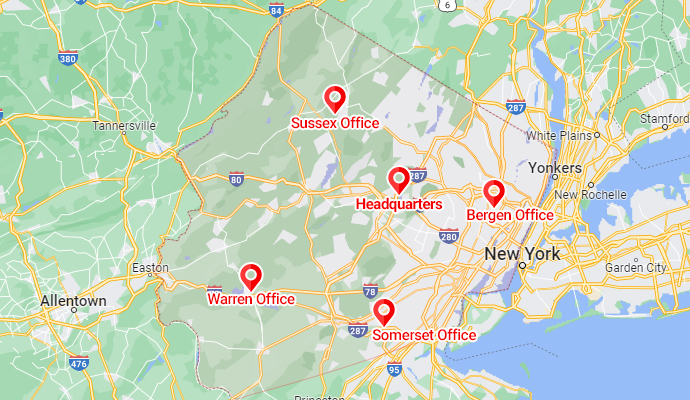Understanding a Drying Chamber in Water Damage Restoration
Water damage can cause significant harm to homes and buildings, leading to structural issues and mold growth. Effective water damage restoration requires a comprehensive approach to drying out wet and damp areas. One of the key tools in this process is the drying chamber. This article explores what a drying chamber is, how it works, and its role in water damage restoration, with a focus on managing moisture, humidity, and keeping affected areas clean and sanitized.
What is a Drying Chamber?
A drying chamber is a controlled environment used to accelerate the drying process of wet materials and structures after water damage. It creates an optimal setting for removing moisture by regulating temperature, airflow, and humidity. Drying chambers can be set up in various sizes and configurations, depending on the extent of the damage and the areas that need to be dried, such as the bathroom, kitchen, or any space with dampness and water exposure.
How Does a Drying Chamber Work?
- Isolation of Affected Area
- The first step in using a drying chamber is isolating the wet or damp area from the rest of the property. This is done using plastic sheeting or other barriers to create a confined space. For example, if a bathroom with a flooded toilet is being dried, the chamber will be set up around the bathroom to contain the drying process.
- Regulation of Airflow and Humidity
- Once the chamber is set up, dehumidifiers and air movers are placed inside to regulate airflow and reduce humidity levels. These machines work together to remove moisture from the air and surfaces, creating a dry environment that promotes faster evaporation.
- Temperature Control
- The temperature within the drying chamber is carefully controlled to enhance the drying process. Warm air can hold more moisture, so heating the air helps to draw moisture out of wet materials. However, the temperature is monitored to avoid damage to delicate structures or materials.
- Monitoring and Adjustments
- Throughout the drying process, moisture meters and hygrometers are used to monitor the moisture levels and humidity within the chamber. Adjustments are made as needed to ensure that the area dries thoroughly and efficiently. This step is crucial to prevent mold growth and ensure that the space is properly sanitized.
Benefits of Using a Drying Chamber
- Efficiency
- Drying chambers significantly speed up the drying process compared to natural evaporation. This efficiency reduces the risk of secondary damage, such as mold growth or structural weakening.
- Controlled Environment
- By creating a controlled environment, drying chambers ensure that moisture and humidity are managed effectively. This control is essential for thorough drying, especially in areas like the bathroom and around sinks, where water and dampness are common.
- Preventing Mold and Bacteria Growth
- Rapid and thorough drying helps to prevent the growth of mold and bacteria. Keeping the affected area clean and sanitized is critical for health and safety, particularly in spaces used frequently by household members.
Practical Applications
Drying chambers are particularly useful in various scenarios of water damage restoration:
- Bathroom Floods: When a toilet overflows or a bathroom experiences significant water damage, setting up a drying chamber helps to quickly dry tiles, walls, and fixtures, preventing long-term damage and mold growth.
- Kitchen Leaks: Leaks around sinks or under cabinets can cause extensive dampness. A drying chamber targets these areas to ensure complete drying and sanitization.
- Basement Flooding: Basements often suffer from high humidity and moisture. Using a drying chamber can efficiently dry out the space and prevent mold.
Conclusion
A drying chamber is a vital tool in the arsenal of water damage restoration professionals. It provides a controlled environment for drying wet and damp areas efficiently, managing moisture and humidity, and ensuring that the affected spaces are clean and sanitized. By understanding and utilizing drying chambers, homeowners and restoration experts can mitigate the effects of water damage more effectively, protecting property and health alike.
At PDQ Restoration, we take pride in offering expert water and fire damage restoration services to homeowners in North Jersey. With numerous positive reviews on Google, we are highly regarded for our professionalism, efficiency, and dedication to customer satisfaction. Trust us to keep your home safe and structurally sound.

















